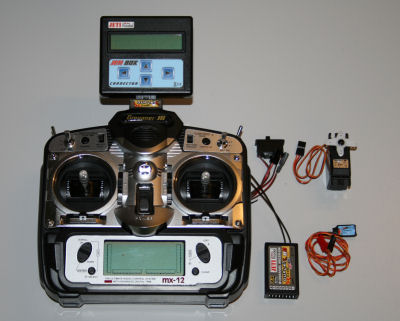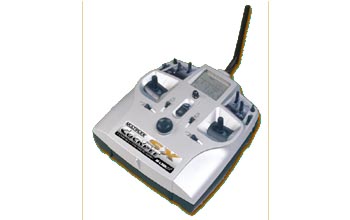Hi again,
If #3 is going to be used as a glider as well as general sport flying you'd be best to fit a folding prop and fully enclose the motor but I expect that'll be tricky with the style of motor you've got. A normal prop is very draggy when it's not in use so it'll really hurt gliding performance.
There are 2 potential problems with the battery from an installation point of view. One as Keith said, is the size. The other is the weight. I don't know much about the plane so I don't know if you've much flexibility on the size or location of the battery. If the new power system you're installing is a lot lighter or heavier than the one it's originally designed for you might have problems getting the plane to balance correctly. The new system is probably lighter meaning the plane will tend to end up tail heavy. If that's the case, and if there's space in front of the CG for a larger battery than I'd go for more capacity (more than 1100mAh) instead of just putting lots of dead weight (lead or similar) in the nose to get the balance correct.
I've used a couple of types of HobbyKing lipo cells and have been very happy with them so far. Flightmax and Rhino seem to get better press than Turnigy but to be honest they could all be coming from the same manufacturers, you just don't know. In general the Flightmax cells tend to have better energy density than the Rhino and Turnigy cells (if the advertised specs are accurate). I'd probably go for something like these if you want almost identical size:
http://www.hobbyking.com/hobbyking/store/uh_viewItem.asp?idProduct=6308or something like these if you can fit a longer pack and want more duration or need the weight for balance:
http://www.hobbyking.com/hobbyking/store/uh_viewItem.asp?idProduct=6307http://www.hobbyking.com/hobbyking/store/uh_viewItem.asp?idProduct=6293There's no point getting cells with a high C rating if you don't need them as they're normally a lot heavier and more expensive. You'll be fine with 20C or 25C cells.
If you want to shop more locally than Hong Kong (hard to beat them on price but shipping sometimes takes a while) you could try Giantcod.co.uk, expressfly.org.uk or Robotbirds.com.
I just had a very quick look at Giantcod and they have at least 2 packs that are a match for size but I don't know anything about the brands:
http://www.giantcod.co.uk/rcmodelpart-1350-lipo-pack-p-405371.htmlhttp://www.giantcod.co.uk/loong-tipple-1300-3s1p-2535c-lipo-battery-p-404432.htmlYou'll need a lipo charger of course.
There are lots around now. I've used Schulze, Hyperion and now have an icharger. Happy with all of them. The iCharger 106b+ is available from Hobbyking and a few other places. It's $80 but should meet all of your requirements for a while unless you make a quick move up fairly big stuff. There are much cheaper chargers available too. I haven't tried any of them so I can't really give you any guidance on them. I haven't used I would suggest you find out what you can about using and storing Lipos before you start using them. They are less tolerant of abuse than Nickel based cylindrical cells. Shorting, overcharging, etc can have serious consequences (potentially fire) and overdischarging will harm performance and can ruin the cells. The standard advice is to charge lipos in a shed, garage, etc away from anything flammable if possible and/or supervise the charge process.
Aidan




